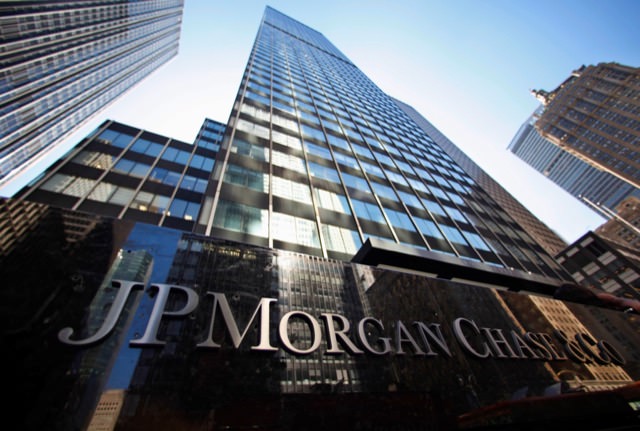Thousands of workers who invested their retirement savings in JPMorgan’s stable value funds got approval to sue the company as a certified class (In re JPMorgan Stable Value Fund ERISA Litig., S.D.N.Y., No. 1:12-cv-02548-VSB, order unsealed 4/17/17).
The lawsuit accuses JPMorgan Chase & Co. of mismanaging its stable value funds—which are meant to be conservative, low-risk options that protect against interest rate volatility—by overinvesting them in risky mortgage-related assets. A federal judge certified the five-year-old lawsuit as a class action in an order issued March 31 and publicly released April 17.
Stable value funds have become a flashpoint in litigation under the Employee Retirement Income Security Act. Retirement plan sponsors including Anthem Inc., Chevron Corp. and Insperity Inc. have been sued—unsuccessfully—for failing to include stable value funds in their investment lineups. Other lawsuits have targeted the companies that offer and manage stable value funds, with cases pending against Union Bond & Trust Co., Fidelity Management Trust Co., CVS Health Corp., Massachusetts Mutual Life Insurance Co. and Prudential Retirement Insurance & Annuity Co.
In the case against JPMorgan, investors challenged the company’s decision to invest 78 of its stable value funds in a proprietary bond fund tied to “risky, highly-leveraged assets,” including mortgage-backed securities. The investors painted this strategy as imprudent, claiming that it caused losses that ultimately drove down the crediting rates that determined the return they received on their investments.
The judge certified the case as a class action after finding that it presented a “common
theory of liability” based on the allegedly imprudent investment in the company’s bond fund by all 78 stable value funds. Moreover, the investors likely could show causation and damages on a classwide basis, the judge said, adding that any individualized damages calculations that may be needed wouldn’t be difficult to perform.
JPMorgan argued that differences in the goals and risk profiles of each stable value fund prevented class certification, but the judge disagreed. The company was similarly unsuccessful in its effort to paint the investors as “sophisticated parties” capable of pursuing their claims through individual actions.
Finally, the company argued that certain investors—those who participated in Caterpillar Inc.’s retirement plan—were barred by a settlement agreement from bringing these claims. The judge dealt with this wrinkle by creating a subclass just for Caterpillar plan participants.
Judge Vernon S. Broderick of the U.S. District Court for the Southern District of New York wrote the decision. Broderick promised to issue a ruling on summary judgment by June 30.
Schneider Wallace Cottrell Konecky & Wotkyns LLP and Law Offices of Michael M. Mulder represent the investors. Morgan Lewis & Bockius LLP represents JPMorgan.
To contact the reporter on this story: Jacklyn Wille in Washington at [email protected]
To contact the editor responsible for this story: Jo-el J. Meyer at [email protected]
Source: www.bna.com





Be the first to comment on "JPMorgan Stable Value Fund Lawsuit Gets Class Treatment"